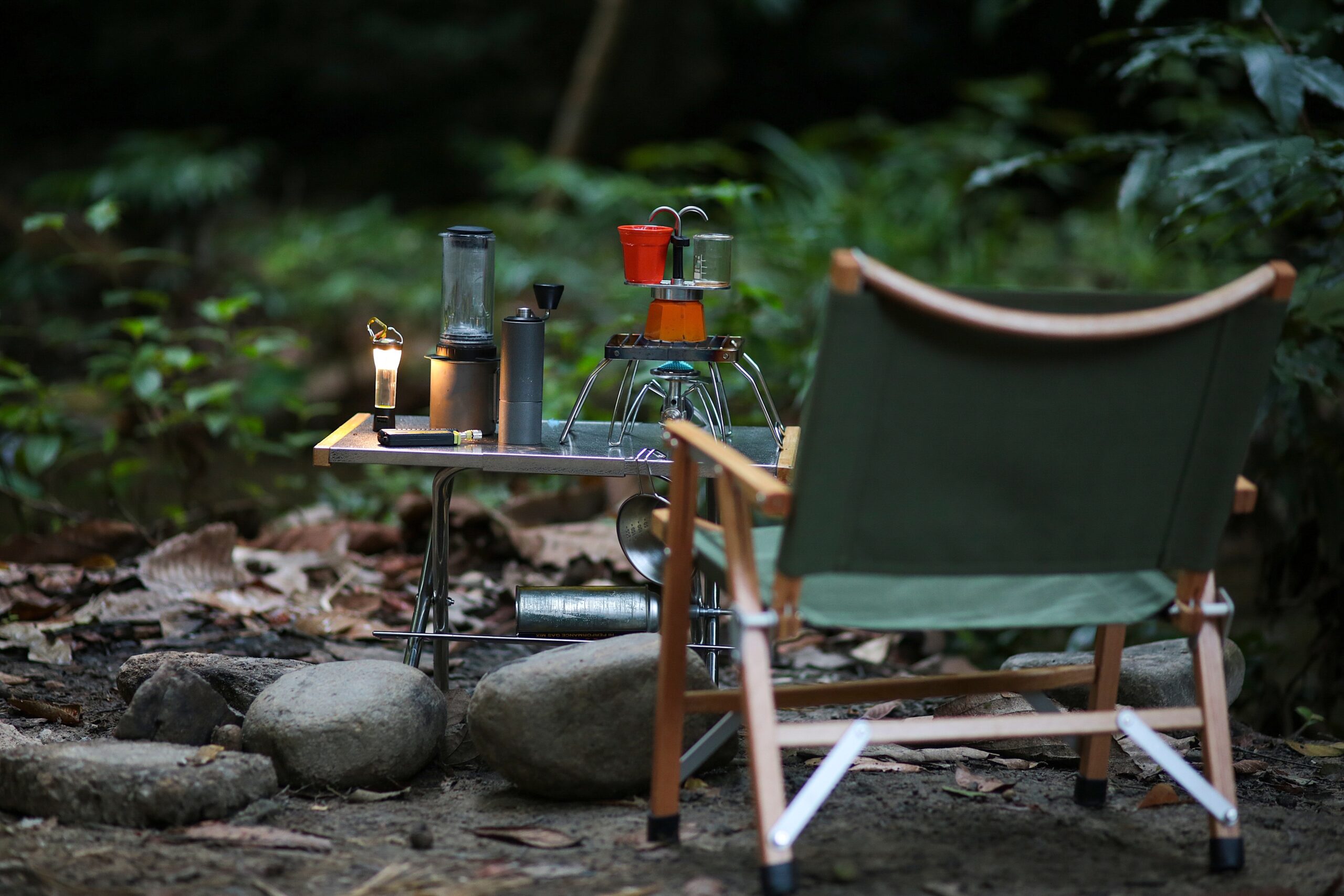Understanding Fall Prevention for Seniors
As we age, our bodies undergo various changes that can affect balance and coordination, making falls a common concern for seniors. Fall prevention is crucial because falls are the leading cause of injury-related hospital admissions among older adults. According to the Centers for Disease Control and Prevention (CDC), one in four Americans aged 65 and older falls each year. These falls can lead to serious injuries such as hip fractures, head trauma, and even death.
Fall prevention encompasses a range of strategies, including environmental modifications, regular health check-ups, and lifestyle changes. For instance, ensuring that homes are free of tripping hazards, installing grab bars in bathrooms, and maintaining adequate lighting can significantly reduce the risk of falls. Additionally, regular vision and hearing tests can help identify and correct sensory impairments that contribute to falls.
Moreover, seniors are encouraged to engage in physical activities that enhance strength, flexibility, and balance. These activities not only improve physical health but also boost confidence in daily movements, reducing the fear of falling. Nutrition also plays a role; a balanced diet rich in calcium and vitamin D supports bone health, while staying hydrated can prevent dizziness and falls.
The Role of Proprioceptive Training for the Elderly
Proprioceptive training is a method that focuses on improving the body’s awareness of its position and movement in space. This type of training is particularly beneficial for seniors, as it enhances balance, coordination, and stability—key factors in fall prevention. Proprioception involves the body’s ability to sense stimuli arising within itself, such as the position of joints and muscles.
Exercises that target proprioception often include balance challenges, like standing on one leg or using balance boards, which require the body to adjust and stabilize itself. These exercises can be adapted to suit varying levels of ability, making them accessible for most seniors. For those with limited mobility, seated exercises can effectively engage proprioceptive senses by focusing on arm and torso movements.
Research shows that proprioceptive training not only improves physical capabilities but also enhances cognitive functions, as it requires concentration and mental engagement. This holistic approach supports overall well-being, making it an invaluable component of senior fitness programs.
Effective Balance Exercises for Older Adults
Balance exercises are a cornerstone of fall prevention strategies for older adults. These exercises are designed to improve the body’s ability to maintain stability, whether standing still or moving. Some popular balance exercises include tai chi, yoga, and simple home-based routines that can be performed without special equipment.
Tai chi is a gentle form of martial arts that emphasizes slow, flowing movements and deep breathing. It has been shown to improve balance, flexibility, and muscle strength in seniors. Similarly, yoga offers various poses that enhance balance and coordination, along with promoting relaxation and mental clarity.
For those who prefer exercising at home, simple routines such as heel-to-toe walks, standing on one foot, or side leg raises can be effective. These exercises can be performed daily and require minimal space. It’s important to start slowly and gradually increase the difficulty level as confidence and ability improve.
Integrating Proprioceptive and Balance Training into Daily Life
Integrating proprioceptive and balance training into daily routines can significantly enhance a senior’s quality of life. This integration can be as simple as incorporating balance exercises during everyday activities, such as standing on one leg while brushing teeth or walking heel-to-toe down a hallway.
Community centers and senior fitness classes often offer specialized programs that focus on these types of exercises, providing a social environment that encourages regular participation. Engaging in group activities not only motivates seniors to stay active but also provides a support network that can boost emotional well-being.
For those who prefer a more personalized approach, working with a physical therapist can be beneficial. Therapists can design customized exercise plans that cater to individual needs and limitations, ensuring that seniors can safely and effectively improve their balance and proprioception.
Conclusion: Empowering Seniors Through Balance and Proprioceptive Training
In conclusion, fall prevention is a multifaceted approach that requires attention to physical, environmental, and lifestyle factors. By incorporating proprioceptive training and balance exercises into daily life, seniors can significantly reduce their risk of falls and improve their overall quality of life. These practices not only enhance physical capabilities but also foster confidence, independence, and mental well-being.
Empowering seniors through education and access to appropriate resources is crucial. Families, caregivers, and healthcare providers play a vital role in encouraging and supporting seniors in these endeavors. Together, we can create a safer and more fulfilling environment for older adults, ensuring they enjoy their golden years with dignity and grace.





